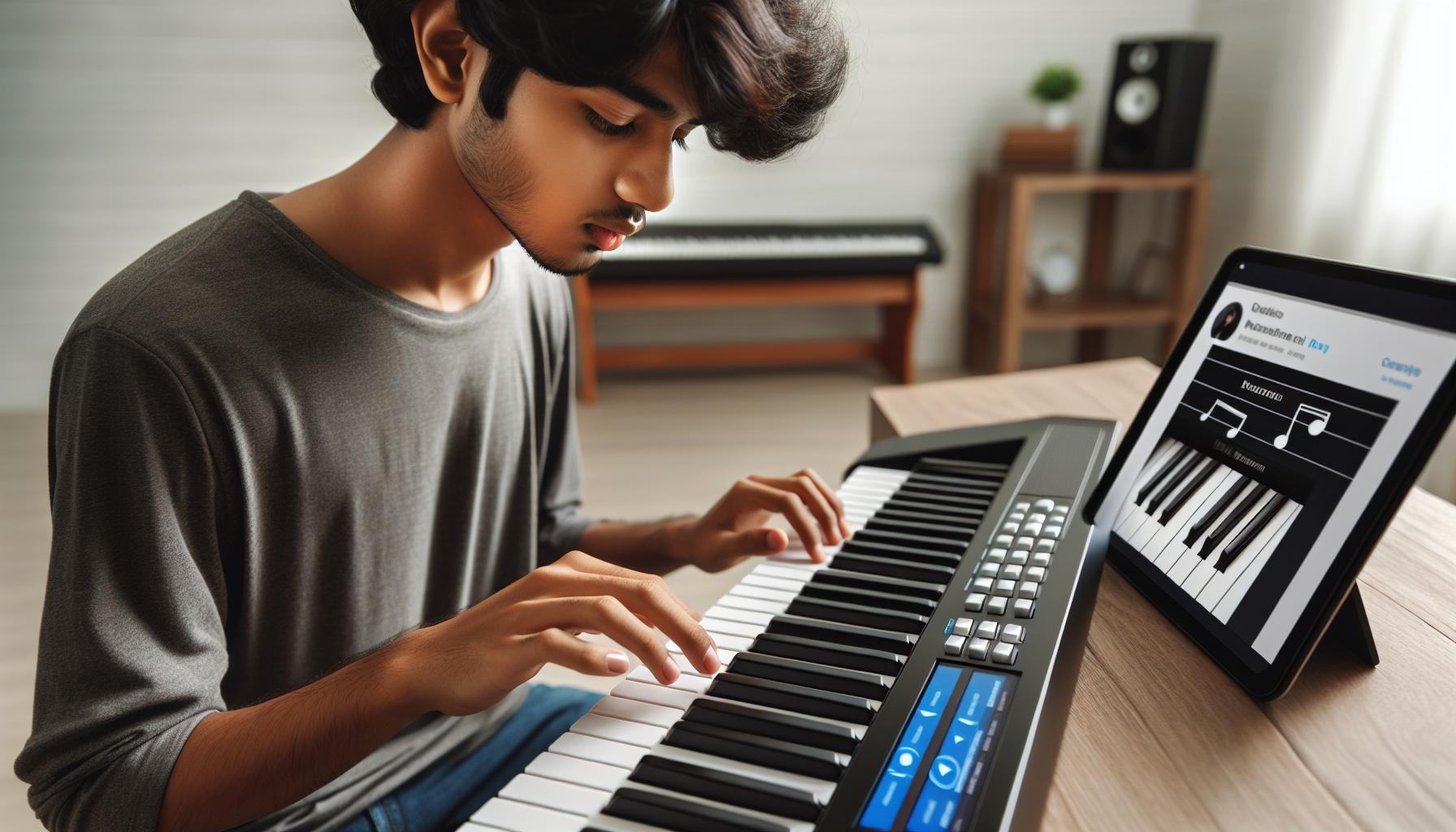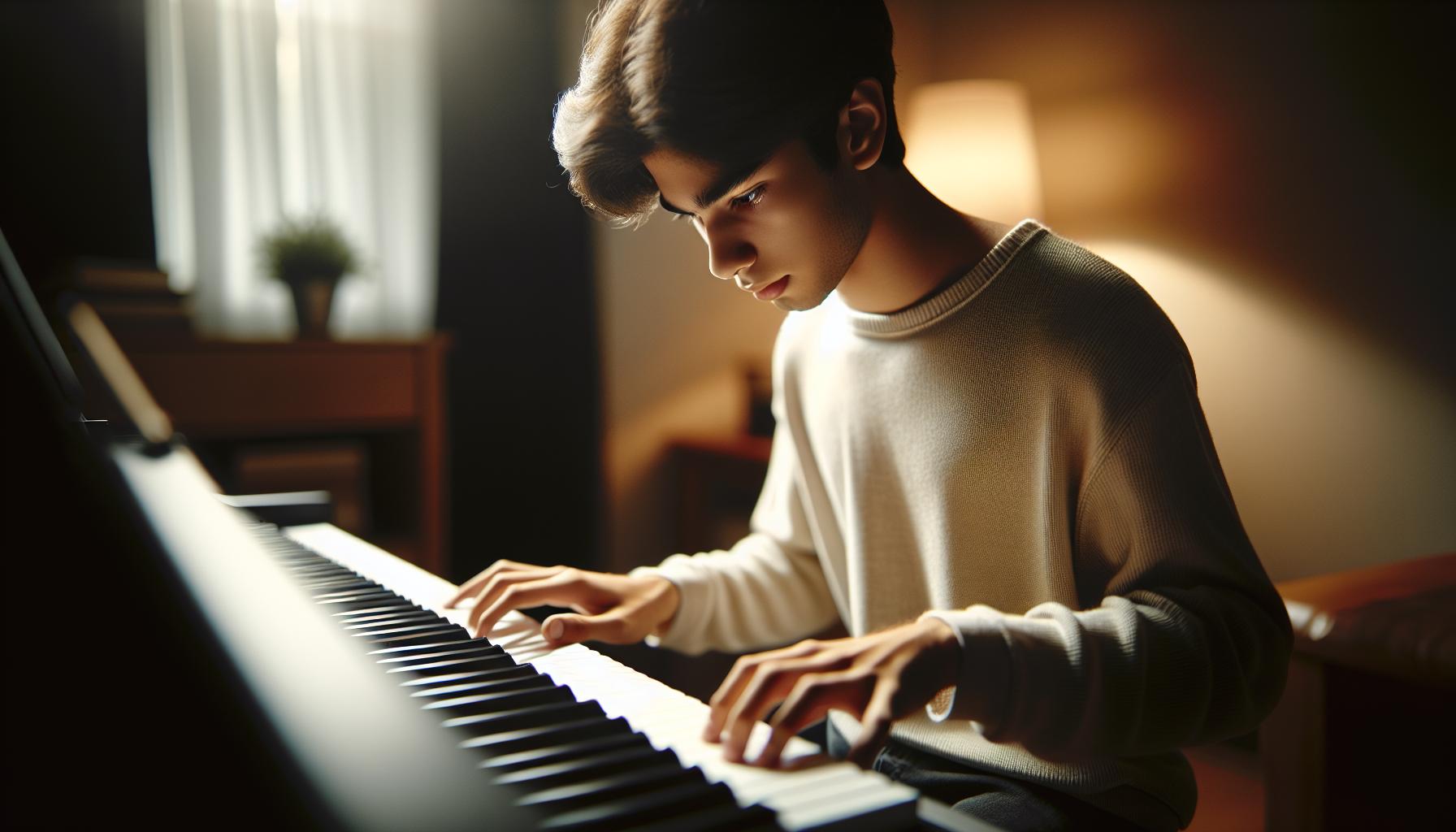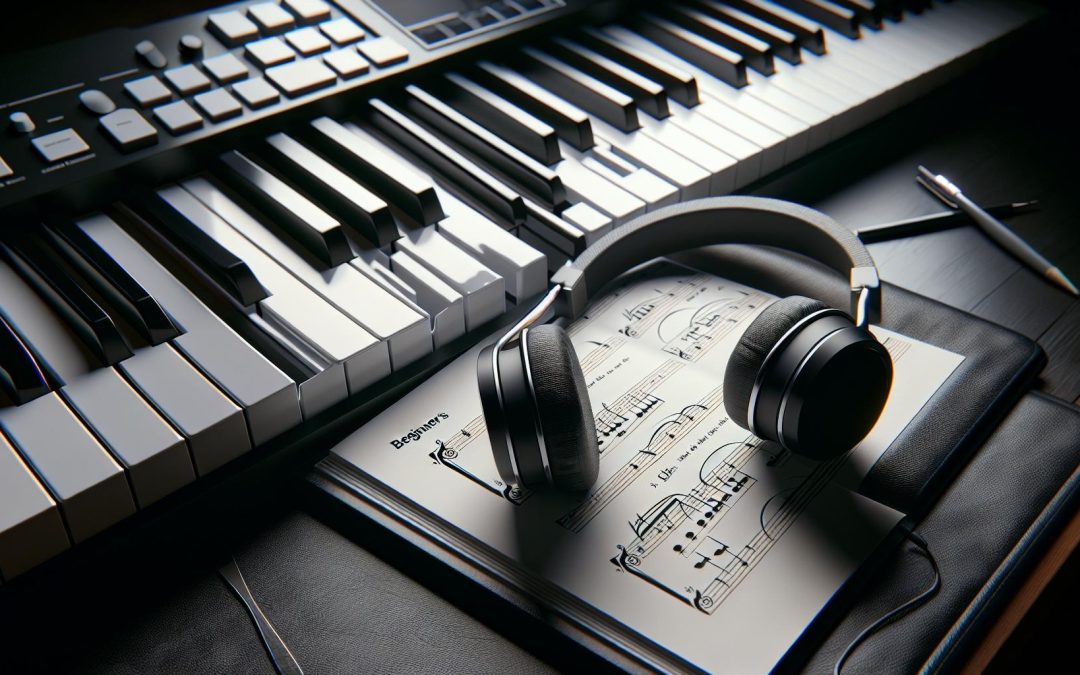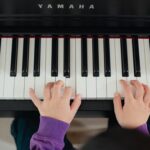Starting your musical journey can be thrilling, yet picking the right instrument is crucial. For beginners, a 61-key keyboard offers the perfect balance between range and manageability, making it an ideal choice for those just stepping into the world of music.
Navigating through the sea of options can be overwhelming, but fear not! Whether it's for a budding pianist or someone looking to dabble in music production, finding the best 61-key keyboard doesn't have to be a chore. With the right guidance, anyone can find a keyboard that not only fits their needs but also inspires their musical journey.
Considerations when choosing a 61-key keyboard
Choosing the perfect 61-key keyboard involves not just walking into a store or clicking on the first product one sees online. It's about understanding what makes a keyboard a great fit for one's musical journey. For beginners, navigating through the vast options can be daunting, yet certain factors can simplify this decision.
Key Sensitivity and Action play a pivotal role in emulating the feel of an acoustic piano. Keyboards with weighted keys offer a resistance similar to that of a traditional piano, beneficial for those looking to switch between digital and acoustic pianos seamlessly. On the other hand, semi-weighted keys provide a lighter touch, easier for those exploring various music genres.
Sound Quality is another critical aspect. High-quality sound samples and the ability to modify tones allow for a more enriching playing experience. Beginners might not discern the subtle differences at first, but as one's ear develops, having a keyboard that produces rich, authentic sounds becomes invaluable.
Here's a breakdown of features often sought in beginner keyboards:
| Feature | Importance |
|---|---|
| Key Action | Essential for developing proper technique |
| Sound Quality | Crucial for musical development and enjoyment |
| Learning Tools | Helpful for independent practice and skill building |
| Connectivity | Enables expansion and use with music software |
Learning Tools, such as built-in lessons and play-along songs, offer an interactive way to develop skills while having fun. Some keyboards also feature apps that can connect to the device, providing more in-depth tutorials and tracking progress.
Connectivity Options like USB and MIDI ports allow the keyboard to interface with computers and mobile devices. This opens up a world of possibilities for recording, using educational software, or even dabbling in music production.
Portability and Size might seem less critical but for someone with limited space or who values mobility, a compact and lightweight keyboard is a blessing. Additionally, for younger players, a less overwhelming size encourages regular use and practice.
Lastly, Budget often dictates the final choice, but it's worth noting that investing in a slightly more expensive keyboard can offer better longevity and playability. While it's tempting to go for the cheapest option, considering long-term goals and potential growth can lead to a more satisfying purchase.
Top features to look for in a beginner-friendly keyboard

When stepping into the world of music with a 61-key keyboard, beginners should keep an eye out for certain features that can make their learning journey not only smoother but also more enjoyable. These features not only enhance the playing experience but also support skill development over time.
Key Sensitivity and Action
Key sensitivity and action are critical for mimicking the feel of an acoustic piano. Most digital keyboards come with touch-sensitive keys, which means the volume changes depending on how hard the key is pressed, mirroring the dynamic control you'd have on a traditional piano. For beginners, this feature is invaluable as it aids in developing expressiveness in playing. Additionally, weighted or semi-weighted keys can offer a more realistic touch, further enhancing muscle memory and technique from the start.
Sound Quality
High-quality sound reproduction is essential for keeping students motivated and engaged. Begin with a keyboard that offers a rich and authentic piano tone. Advanced models also provide a range of other instrument sounds, which can be fun to explore and play with. Sound quality can significantly vary across different models, so it's worth trying out a few to find one that truly captures the beauty of the music you're aspiring to play.
Built-In Learning Tools
Many beginner keyboards come equipped with learning tools and features designed to facilitate the learning process. This can include:
- Built-in Lessons: Step-by-step lessons that guide users through songs and exercises.
- Light-Up Keys: Visual aids that show the correct notes to play during a piece of music.
- Dual Mode: Allows the keyboard to be split into two identical zones, enabling teachers and students to play together side by side.
These tools can supplement traditional lessons and provide valuable practice aids that reinforce learning in between sessions.
Connectivity
In today's digital age, connectivity is a boon for music learners. USB MIDI connectivity allows the keyboard to connect to computers and mobile devices, offering access to a wide range of music software and apps. This can include everything from interactive tutorials to recording software, expanding the resources available to beginners for practice and exploration. Some keyboards also feature Bluetooth connectivity, making it easier to use with wireless devices.
Comparison of popular 61-key keyboards for beginners

When embarking on the journey to master the keyboard, beginners are met with a plethora of options. Among these, certain 61-key keyboards stand out for their beginner-friendly features, quality, and value.
Yamaha PSR-E373 and Casio CT-S300 are two such instruments that often find themselves at the top of recommendation lists. Both offer a blend of usability and functionality that cater well to novice players. Let’s dive into a detailed comparison to help those new to the instrument make an informed choice.
Key Sensitivity and Action:
The Yamaha PSR-E373 boasts touch-sensitive keys, allowing for a dynamic playing experience that can mimic the nuanced expressions of an acoustic piano. The Casio CT-S300, on the other hand, also features touch-sensitive keys but with a slightly different feel due to its unique key action technology.
Sound Quality:
Yamaha is renowned for its high-quality sound, and the PSR-E373 is no exception. It features a comprehensive library of over 600 voices, providing a wide auditory palette for experimentation. The Casio CT-S300, while offering a more modest 400 tones, delivers clear and vibrant sounds that are more than sufficient for beginners to explore various music genres.
Learning Tools:
Both models come equipped with built-in lessons and challenges that guide beginners through the fundamentals of piano playing. However, the Yamaha boasts a "Keys to Success" feature offering a more structured learning path, while the Casio uses its "Step-Up Lesson System" to provide similar guidance.
Connectivity:
In today’s digital age, connectivity is crucial. Both keyboards offer USB MIDI connections, allowing students to connect to computers and mobile devices for expanded learning with apps and software. Bluetooth connectivity is absent in both models, yet this does not significantly detract from their overall value in educational features.
Below is a tabulated summary of their features for easy comparison:
| Feature | Yamaha PSR-E373 | Casio CT-S300 |
|---|---|---|
| Key Sensitivity | Touch-Sensitive | Touch-Sensitive |
| Sound Quality | Over 600 Voices | 400 Tones |
| Learning Tools | Keys to Success | Step-Up Lesson System |
| Connectivity | USB MIDI | USB MIDI |
Tips for getting started with your new keyboard

Embarking on the journey of learning to play the keyboard is an exciting endeavor, and having the right approach can make all the difference. Whether you've chosen the Yamaha PSR-E373 with its touch-sensitive keys and vast voice library, or the Casio CT-S300 known for its unique key action and tones, these tips will help you get started on the right note.
First and foremost, familiarize yourself with your instrument. Spend some time exploring the different voices, rhythms, and built-in lessons available on your keyboard. Understanding the functionalities and features at your disposal can greatly enrich your playing experience. For instance, experimenting with the various sound effects can inspire creativity and make practice sessions more enjoyable.
Next, implement a practice schedule. Consistency is key when learning a new instrument. Aim to practice for a certain amount of time each day, even if it's just for a few minutes. Short, daily sessions are more effective than longer, less frequent ones as they help to build and maintain muscle memory more efficiently. It’s also beneficial to set small, achievable goals for each practice session to keep motivation levels high.
Utilize the learning tools that come with your keyboard. Both the Yamaha PSR-E373 and Casio CT-S300 offer built-in lessons that are designed to help beginners grasp the basics. These tools can serve as a valuable complement to traditional keyboard lessons or online tutorials. They allow you to learn at your own pace and provide immediate feedback, which can accelerate the learning process.
Additionally, exploring music theory can vastly improve your understanding and playing ability. Basic knowledge of chords, scales, and reading music can open up a new world of possibilities and make it easier to learn and memorize songs. There are many free resources available online that are geared towards beginners, ensuring you have access to quality educational material without additional cost.
Take advantage of technology. With USB MIDI connectivity, both keyboards can be connected to computers and mobile devices. This opens up a plethora of software and apps designed to assist in learning and making music. From virtual piano lessons to applications that track your progress, technology can be a valuable ally in your musical journey.
Conclusion
Choosing the right 61 key keyboard as a beginner is a crucial step in embarking on a musical journey. Whether one opts for the Yamaha PSR-E373 or the Casio CT-S300, it's essential to dive into the adventure with enthusiasm. By familiarizing oneself with the instrument, committing to a regular practice schedule, and embracing the wealth of resources available, beginners can lay a solid foundation for their musical education. Remember, the journey of learning music is as rewarding as the destination. So pick up that keyboard and let the melodies guide you to new heights.
Harlan Kilstein began playing piano during covid with no piano background at all. He taught himself how to play learning what to do and what not to do.
Today he's an advanced intermediate player and can help you grow in your skills because he learned all this on his own.








